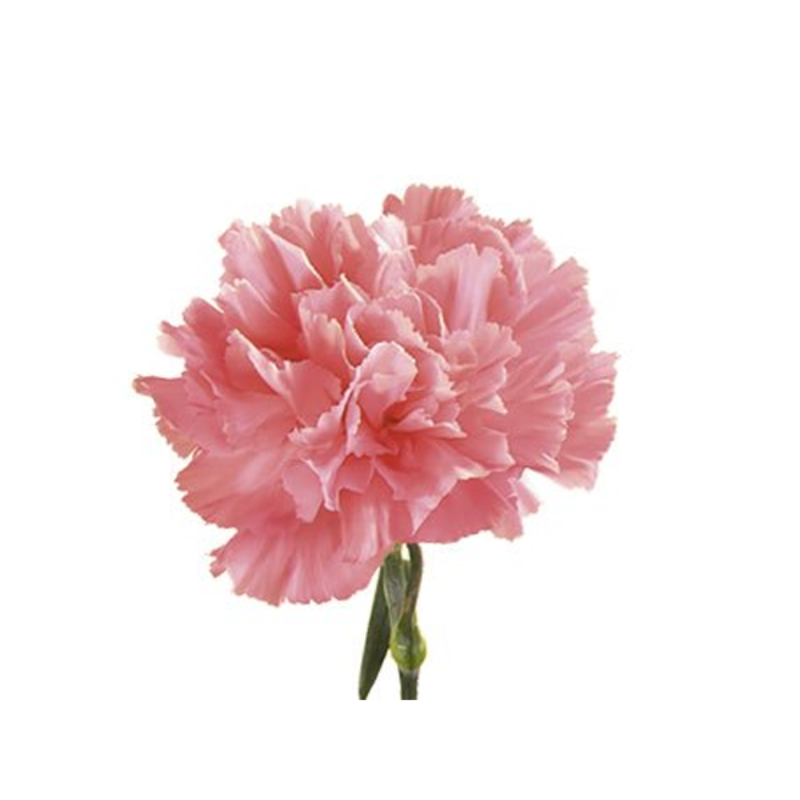- Species and varieties: Carnations, scientifically known as Dianthus caryophyllus, come in various species and varieties. The pink carnation is one of the most popular varieties, known for its delicate pink petals and sweet fragrance. Other varieties include white, red, yellow, and striped carnations.
- Hybrid or heirloom: Pink carnation flower seeds can be both hybrid and heirloom. Heirloom varieties are often prized for their traditional characteristics and fragrance, while hybrid varieties may offer improved disease resistance and more vibrant colors.
- Pruning and training: Regular deadheading of spent flowers encourages continuous blooming. Pruning the stems back after flowering can promote bushier growth. Staking may be necessary to support taller varieties and prevent them from flopping over.
- Fertilization needs: Carnations benefit from a balanced fertilizer applied every 6-8 weeks during the growing season. A slow-release fertilizer or a liquid feed high in phosphorus can promote healthy root development and vibrant blooms.
- Hardiness zones: Pink carnations are suitable for USDA hardiness zones 5-9. They can tolerate a range of temperatures but prefer cooler climates.
- Climate requirements: Carnations thrive in full sun and well-drained soil. They prefer a temperate climate with moderate humidity. While they can tolerate some drought, regular watering is essential for optimal growth and blooming.




